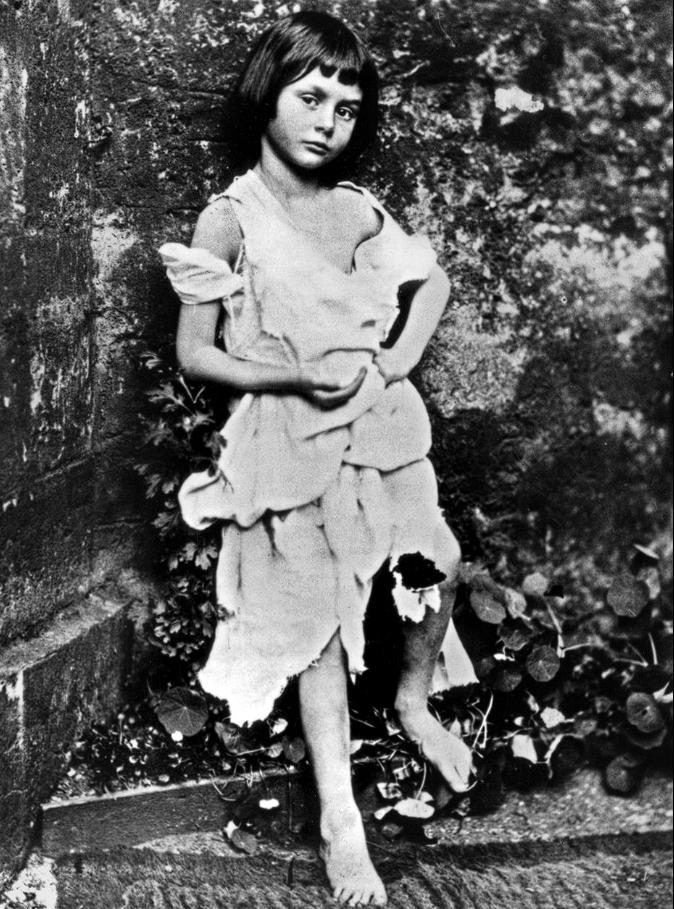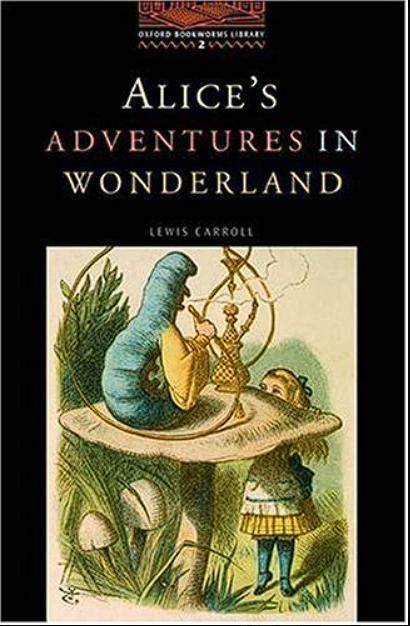A Boat Ride That Inspired a Literary Classic
The Summer Afternoon That Started It All
On July 4, 1862, a simple boat ride along the River Thames gave birth to one of the most beloved stories in literary history. Mathematician and writer Charles Lutwidge Dodgson, better known as Lewis Carroll, set off on a journey with Reverend Robinson Duckworth and the three daughters of Henry Liddell, the Dean of Christ Church: Lorina, Edith, and Alice Liddell.
The Story That Sparked a Legacy
During the trip, young Alice Liddell asked Dodgson to tell her and her sisters a story. On the spot, he began weaving a whimsical tale about a girl named Alice who fell down a rabbit hole into a world of wonder and absurdity. Alice was so enchanted by the story that she begged Dodgson to write it down.
From Manuscript to Published Book
Two years later, Dodgson presented Alice with a handwritten manuscript titled Alice’s Adventures Under Ground, complete with his own illustrations. Encouraged by friends, he expanded the story, refining its details and adding new characters. In 1865, under the pseudonym Lewis Carroll, he published Alice’s Adventures in Wonderland with illustrations by John Tenniel. The book quickly became a sensation, marking the beginning of its enduring legacy.

The Real People Behind the Characters
Alice Liddell: The Inspiration for Alice
Alice Liddell, the young girl who inspired the tale, was the daughter of Henry Liddell, a prominent academic at Oxford. While Carroll used her name for his protagonist, the character in the book is not necessarily a direct representation of Alice herself but rather a symbol of curiosity and adventure.
Mathematical and Philosophical Influences
Many characters in Alice’s Adventures in Wonderland are believed to be inspired by people from Carroll’s life, with subtle references to his love of mathematics and logic. The White Rabbit, always checking his watch, reflects the importance of time and order, while the Caterpillar’s riddles challenge conventional thinking. The Mad Hatter’s nonsensical tea party may be a playful critique of social norms.
The Queen of Hearts: A Symbol of Victorian Authority
The Queen of Hearts, famous for her catchphrase “Off with their heads,” represents the rigid and often arbitrary authority of the Victorian era. Her exaggerated tyranny mirrors the strict societal expectations of Carroll’s time, adding a layer of satire to the fantastical tale.
The Impact and Legacy of Alice’s Adventures in Wonderland
A Timeless Classic in Literature
Since its publication, Alice’s Adventures in Wonderland has become one of the most influential books in history. It has been translated into over 50 languages and remains a favorite among readers of all ages. The novel’s ability to blend fantasy with logic has made it a subject of study in literature, philosophy, and psychology.
Adaptations Across Media
Over the years, the story has been adapted into countless films, television series, theater productions, and even ballet performances. Disney’s 1951 animated film introduced Alice to new generations, while later adaptations, such as Tim Burton’s 2010 live-action film, reimagined the tale with modern visuals and storytelling.
Cultural and Literary Influence
Beyond its entertainment value, Alice’s Adventures in Wonderland has influenced numerous writers, artists, and thinkers. Its themes of identity, transformation, and the fluid nature of reality continue to resonate, inspiring interpretations across various disciplines.

Hidden Meanings and Symbolism in Alice’s Adventures in Wonderland
Logic, Nonsense, and Wordplay
Carroll’s background as a mathematician is evident in the book’s clever wordplay and logical puzzles. The story is filled with paradoxes, riddles, and nonsensical conversations that challenge the reader’s perception of reality. This blend of logic and absurdity makes Alice’s Adventures in Wonderland unique in children’s literature.
The Journey of Self-Discovery
Alice’s journey through Wonderland can be seen as an allegory for personal growth and self-discovery. As she navigates the strange world, she learns to adapt, question authority, and assert her own identity, making her a relatable and enduring character.
Critique of Victorian Society
While primarily a whimsical fantasy, Alice’s Adventures in Wonderland also serves as a subtle critique of Victorian society. The rigid structures, nonsensical rules, and eccentric authority figures reflect the contradictions of the era, offering deeper meaning beneath the surface of the story.
Conclusion: The Enduring Magic of Alice’s Adventures
More than 150 years after its publication, Alice’s Adventures in Wonderland continues to captivate audiences worldwide. Its imaginative storytelling, rich symbolism, and timeless themes make it a literary masterpiece that transcends generations. Whether through books, films, or theater, Alice’s adventures remind us of the boundless possibilities of curiosity, creativity, and wonder.
